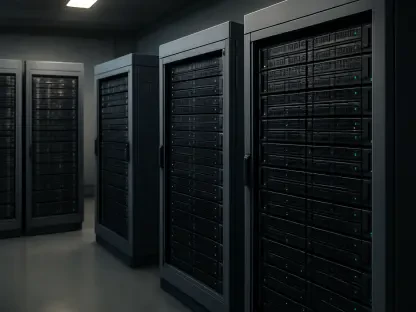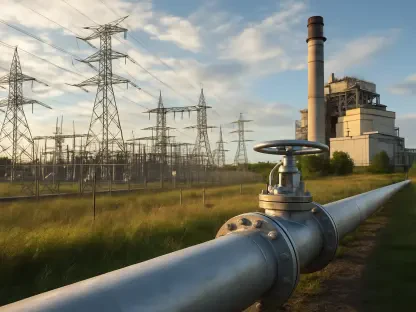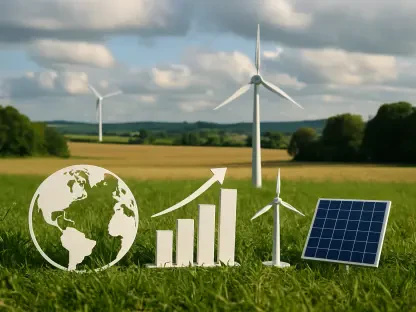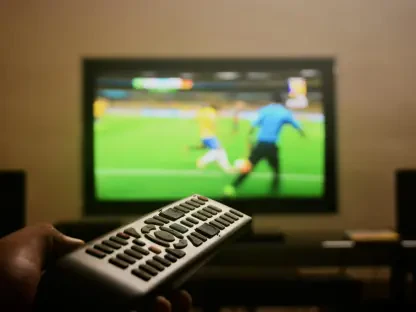As cities continue to expand and urban populations surge, municipalities face increasing challenges in managing energy consumption effectively. The integration of advanced technologies like the Internet of Things (IoT) is swiftly becoming essential for optimizing utility services through real-time monitoring and data-driven decision-making.
IoT-Powered Real-Time Energy Management
IoT devices are fundamentally transforming how energy is consumed and distributed. Take smart meters, for instance; they provide real-time data on electricity usage, enabling energy providers to identify peak demand periods and adjust distribution strategies accordingly. This enhanced transparency also empowers users to monitor their individual energy consumption in real-time, leading to more informed usage patterns and potential cost savings.
Enhancing Efficiency with Connected Sensors
Another crucial aspect is the role of connected sensors in driving efficiency improvements. These sensors have the capability to monitor an array of factors, ranging from the operation of streetlights to the energy usage of building systems. For example, innovative lighting systems equipped with IoT sensors can dynamically adjust their brightness based on traffic flow and weather conditions. This intelligent adaptation can reduce electricity expenses by up to 55% while still maintaining optimal lighting levels on roads.
Data-Driven Utility Optimization
The ability of IoT to collect and analyze extensive datasets enables urban planners to make more informed decisions about resource allocation and renewable energy investments. Predictive analytics, powered by historical energy usage patterns, can forecast future demands and enhance the reliability and efficiency of energy grids. This data-driven approach ensures that resources are utilized optimally and that cities are better prepared for fluctuating energy needs.
Automating Utility Billing and Customer Interactions
IoT also plays a vital role in automating utility billing and enhancing customer interactions. Advanced billing systems integrated with IoT and analytics provide a seamless experience for both users and providers. By analyzing payment histories and consumption behaviors, utility companies can offer customized payment plans and send timely reminders, leading to heightened customer satisfaction and decreased operational burdens for providers.
Promoting Sustainability
The overarching theme of IoT integration is sustainability. Optimizing energy management through IoT significantly contributes to reducing carbon emissions and improving overall resource efficiency. It also facilitates the shift towards renewable energy sources by integrating solar and wind power into existing grids. This ensures a balanced energy supply while maximizing the benefits derived from renewable sources. Additionally, IoT enhances services related to electric vehicles, furthering efforts toward decarbonization.
Broad Impact on Urban Planning
The influence of IoT extends well beyond utility management, significantly impacting urban planning. Data generated by IoT devices can inform the design of more energy-efficient buildings and improve public transportation systems. IoT also ensures timely maintenance of infrastructure, extending the lifespan of critical urban assets.
Leading Examples of IoT Integration
Cities like Amsterdam and Singapore are at the forefront of harnessing IoT for energy and urban planning strategies. These cities exemplify how IoT can drive progress towards more efficient and sustainable urban environments, showcasing the benefits that can be reaped from these advanced technologies.
Conclusion
As urban areas continue to grow and their populations increase, municipalities face mounting difficulties in effectively managing energy consumption. The integration of advanced technologies such as the Internet of Things (IoT) has become crucial for optimizing utility services. With IoT, cities can engage in real-time monitoring and data-driven decision-making. This technology enables cities to collect and analyze vast amounts of data from various sources, helping to identify inefficiencies and implement targeted solutions. By using IoT, municipal systems can become more responsive and adaptive to the needs of their residents, leading to more efficient energy use and reduced costs. Furthermore, IoT can aid in predictive maintenance, preventing issues before they become major problems, and enhance overall sustainability efforts. As cities embrace these technological advancements, they can more effectively address the challenges posed by expanding urban populations, ultimately improving the quality of life for their residents. Therefore, leveraging IoT is essential for modern cities to thrive and meet the growing demands of their inhabitants.









